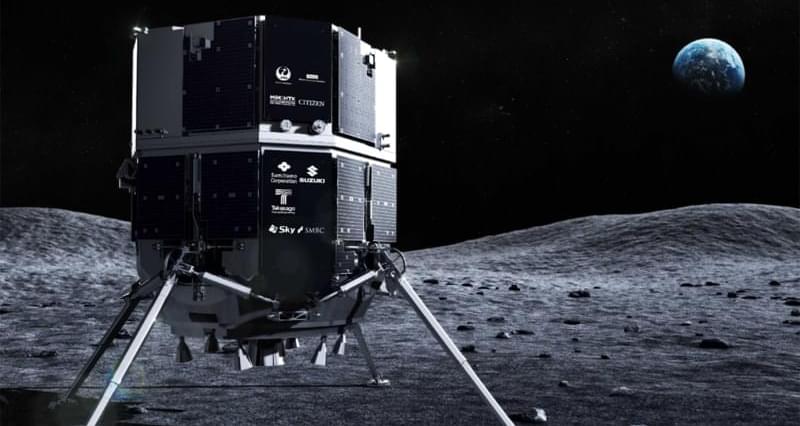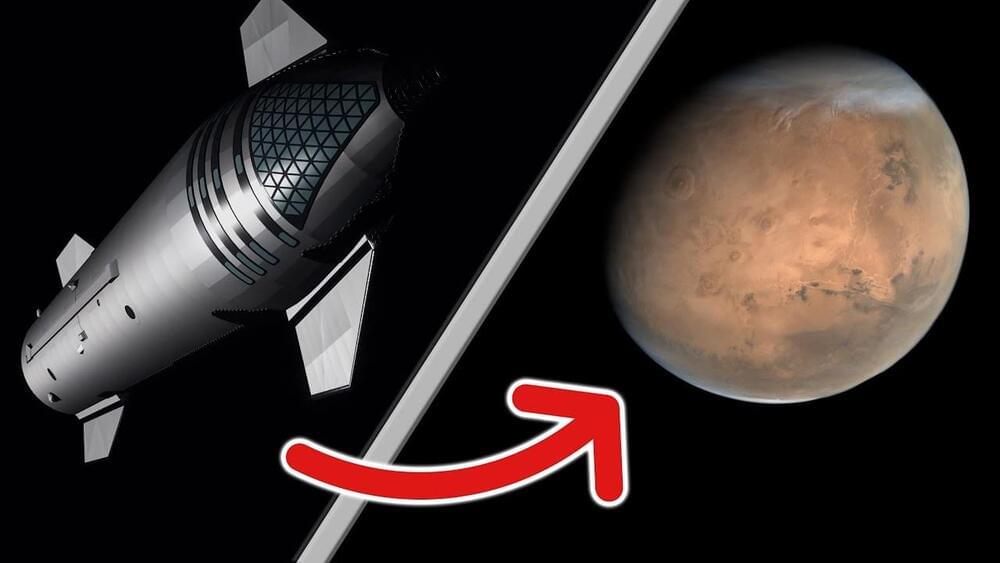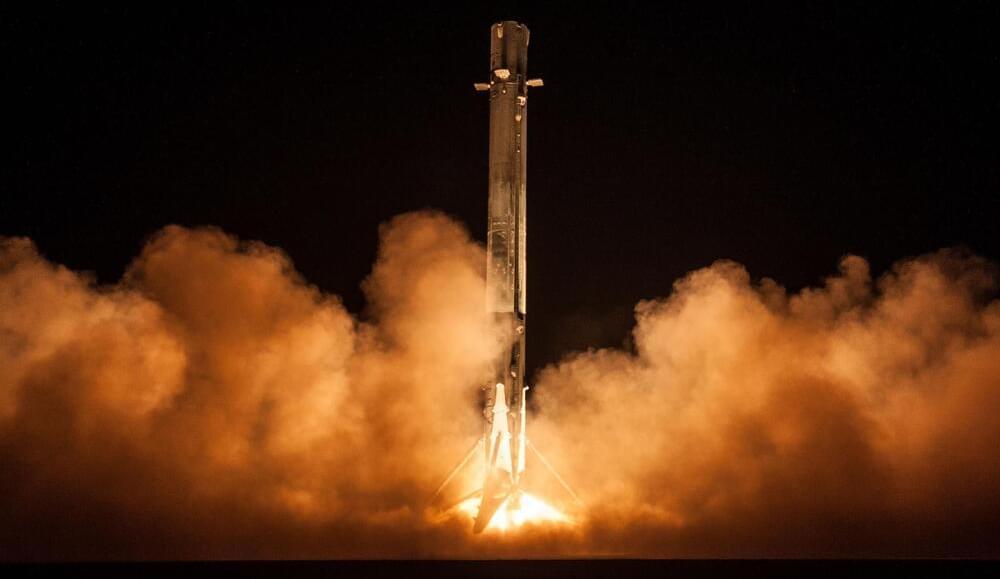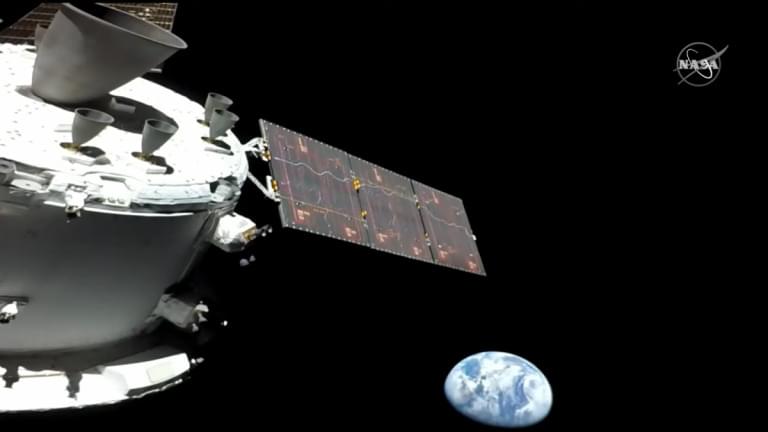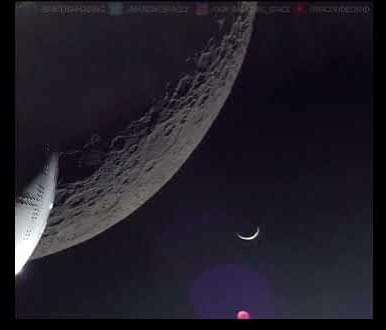Ispace Inc. is a private Japanese company developing robotic landers and rovers for missions to the Moon. It aims to compete for both transportation and exploration mission contracts from space agencies and private industry. If successful, these spacecraft and the accompanying vehicles could enable clients to discover, map, and use the natural resources on Earth’s nearest neighbour.
In addition to its headquarters in Tokyo, the company has offices in the United States and Luxembourg, employing around 200 people. Although founded in 2010, its team of engineers had earlier competed in the Google Lunar X Prize.
Following more than a decade of research and development, ispace yesterday launched Hakuto-R Mission 1 – delivered into space on a partially reusable Falcon 9 Block 5 rocket. The spacecraft will now perform orbital manoeuvres, taking it as far as 1.5 million km (932,000 miles) from Earth, before arriving at the Moon sometime in April 2023.
